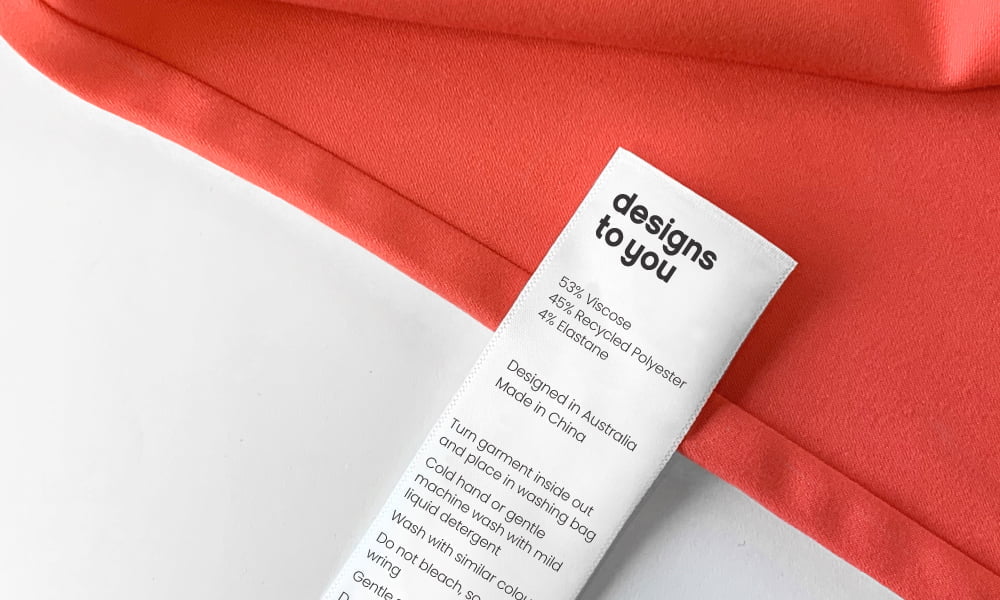Your Care Label Is Trying to Tell You Something
1. Don’t Treat Your Clothes to a Sauna (aka No Tumble Drying)
Most woven fabrics and trims, such as fusing, interlinings and plastic or metal trimmings, aren’t fans of the heated spin cycle. Tumble drying is like a roller coaster ride they never asked for – it can deconstruct their shape, break down fibres, and wreak havoc on zippers and trims.
So unless you fancy the ‘melted zipper’ look, we advise against tumble drying.
2. Keep it Cool (Use Cold Water)
Did you know that a cold-water wash can be the fountain of youth for your fabric, buttons, zippers and fusings? Hot water is like a harsh sun on your garment’s skin, weakening its structure and reducing its performance.
This is especially true for fabrics made from man-made fibres like polyester, acrylic and nylon – they shrink in the heat like ice cream in the Australian summer.
3. Be Gentle (Use Mild Liquid Detergent)
Remember, your clothes aren’t dirty dishes. Mild liquid detergent gently cleanses, promoting garment longevity.
Some powdered detergents, while innocent-looking, contain ‘active enzymes’ based on bleaching agents. These deceptive baddies can damage or discolour fabrics and trims faster than a seagull swooping down on your chips.
4. Say No to Bleach
Bleach is the supervillain of garment care. It’s harmful to fabrics, your health, and especially dangerous when mixed with other household chemicals.
Avoid bleach like a kangaroo in a boxing ring – it can damage and discolour fabrics and turn white fabrics a disappointing grey.
5. Avoid Long Soaks
Soaking clothes for extended periods is like leaving them out in a rainstorm – it can lead to colour fading and shape alterations. It’s best to limit your clothes’ soaking time like you limit a child’s screen time – as little as possible.
6. Dry in Shade, Immediately
Leaving clothes damp can lead to a slew of problems, from colour run to more stubborn wrinkles and fabric misshapes.
So treat your clothes like a VIP guest – take them out of the washing machine promptly and hang them to dry in the shade. The sun may be great for your tan, but it’s a no-go for your clothes’ colours.
7. Keep it Cool when Ironing (And Reverse!)
Some fabrics, like polyester, nylon, acrylic, and Elastane, can’t tolerate high heat. Think of them as ice cream in the outback sun – they’ll melt.
We recommend ironing on the reverse side or placing a slightly damp cloth between the garment and the iron.
Voilà! Now you’re armed with knowledge to give your clothes the love they deserve. Remember, the more you listen to your care label, the more your work uniforms will thank you by looking dapper, feeling comfortable, and lasting longer. It’s time to show your clothes some serious respect!
Whether you have a question about a specific type of fabric or you’re curious about the best way to care for your favourite shirt, we’re here to help. Get in touch with us today and let’s ensure your clothing stays in tip-top condition for the long haul.

